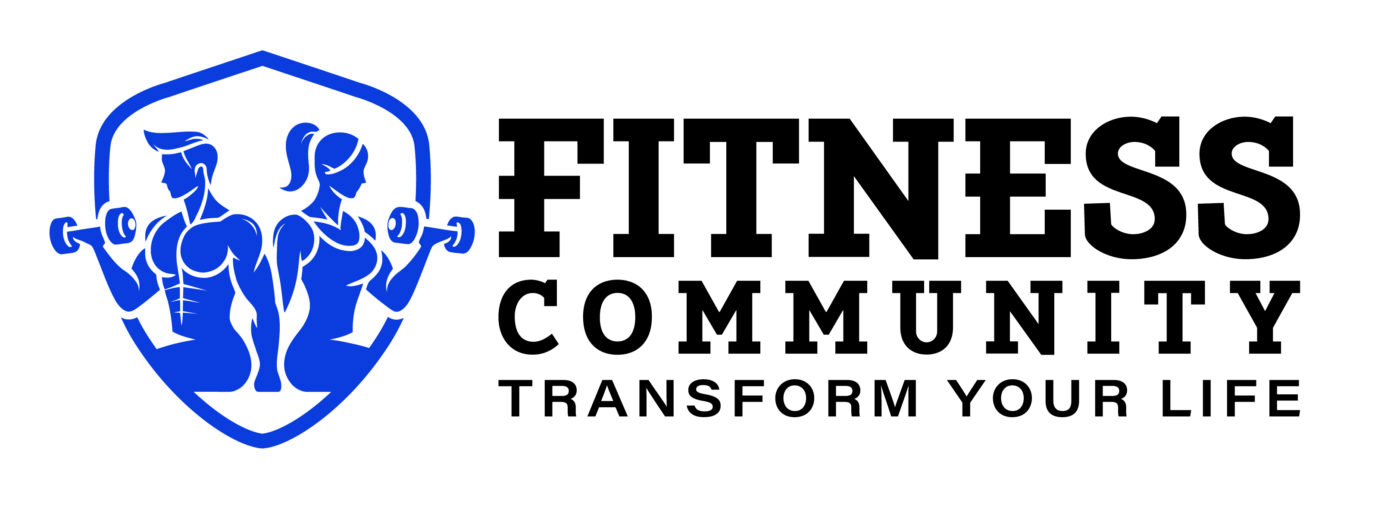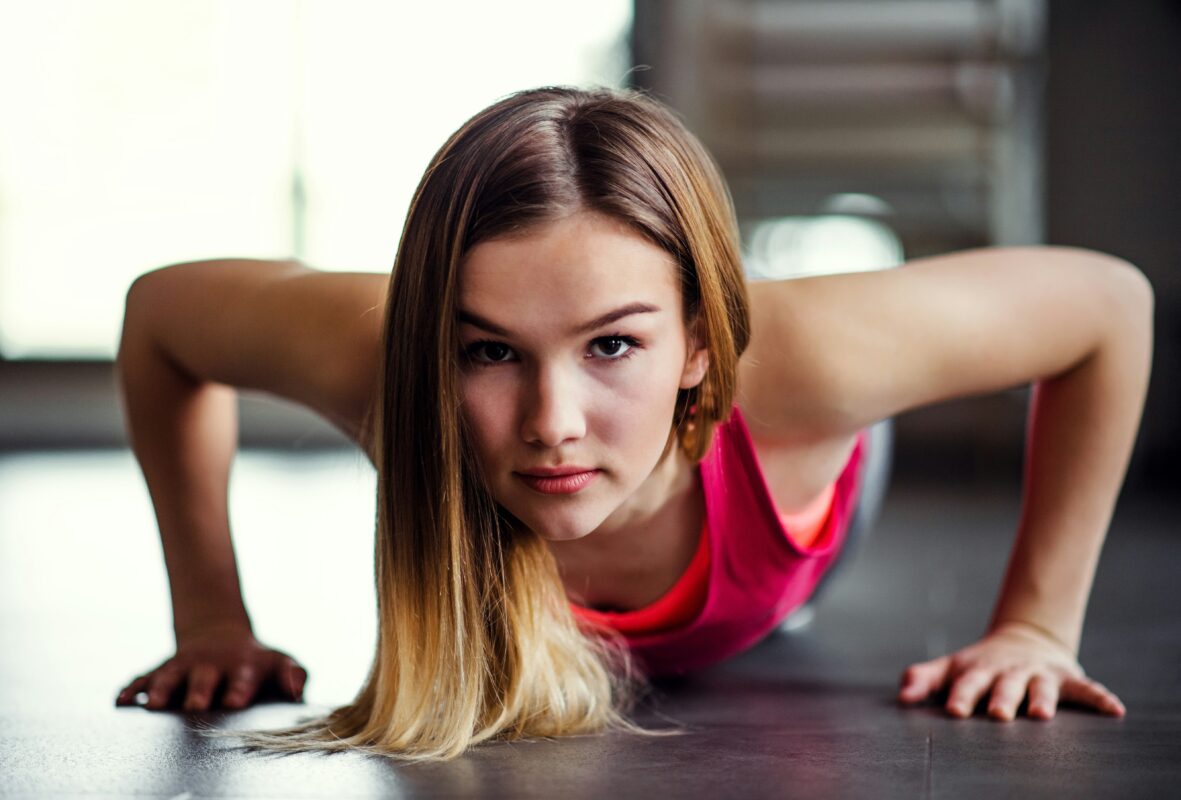FLEXIBILITY AND MOBILITY
Mobility vs. Flexibility: Why Both Matter for Your Fitness
When it comes to movement, two key factors play a huge role in your overall health: mobility and flexibility. While they’re often used interchangeably, they serve distinct purposes. Flexibility refers to how much a muscle can stretch, while mobility is your ability to move freely through a full range of motion.
Think of it this way—a flexible person might be able to stretch their hamstring and touch their toes, but without mobility, they may struggle to perform a deep squat with control and stability. That’s why a well-rounded fitness routine should train both mobility and flexibility to keep your joints healthy, improve movement efficiency, and reduce the risk of injury.
The Benefits of Mobility & Flexibility Training
Enhances Performance – Whether you lift weights, run, or do yoga, better mobility and flexibility allow for smoother, more powerful movements.
Reduces Injury Risk – Stiff muscles and restricted joints can lead to compensatory movements that strain other areas of the body.
Improves Posture & Alignment – Helps counteract the negative effects of prolonged sitting and poor movement habits.
Supports Recovery – Keeping muscles and joints limber aids in faster recovery and prevents soreness.
Increases Range of Motion – Greater mobility leads to better movement mechanics in daily activities and workouts.
The Ultimate Mobility & Flexibility Routine
This short but effective routine will help unlock stiff muscles and improve overall movement. Focus on slow, controlled motions, breathing deeply through each stretch to maximize results.
1. Cat-Cow Stretch (Spinal Mobility & Flexibility)
- Improves spinal flexibility and relieves back tension.
- How to do it: Start on all fours, arch your back as you inhale (Cow), then round your spine as you exhale (Cat). Repeat for 8–10 reps.
2. World’s Greatest Stretch (Full-Body Mobility)
- A dynamic stretch that targets hips, hamstrings, spine, and shoulders.
- How to do it: Step into a lunge, place one hand on the ground, rotate the opposite arm toward the ceiling. Hold for a few seconds and switch sides.
3. Deep Squat Hold (Hip & Ankle Mobility)
- Opens up tight hips and improves squat depth.
- How to do it: Sink into a deep squat with feet flat on the ground, hold for 20–30 seconds.
4. Seated Forward Fold (Hamstring & Lower Back Flexibility)
- Helps lengthen tight hamstrings and lower back muscles.
- How to do it: Sit with legs extended, reach toward your toes while keeping your back straight. Hold for 30 seconds.
5. Shoulder Circles (Shoulder Mobility)
- Loosens up tight shoulders and enhances range of motion.
- How to do it: Stand tall, make big circles with your arms, forward and backward.
6. 90/90 Hip Stretch (Hip Mobility & Flexibility)
- Improves external and internal hip rotation.
- How to do it: Sit with one leg in front at a 90-degree angle and the other leg behind at 90 degrees. Lean forward slightly, hold for 20 seconds, then switch sides.
7. Thoracic Spine Rotation (Upper Body Mobility)
- Increases rotational mobility in the upper back.
- How to do it: Sit cross-legged, place one hand behind your head, and rotate your upper body toward the ceiling. Repeat 10 times on each side.
How Often Should You Train Mobility & Flexibility?
- Daily: Light mobility work to loosen up stiff areas.
- 3–4x per week: Deeper flexibility and mobility routines for long-term improvements.
- Before workouts: Dynamic mobility drills to prepare muscles and joints.
- After workouts: Static stretching for muscle recovery and relaxation.
The Takeaway
Prioritizing mobility and flexibility is the key to moving better, feeling stronger, and staying injury-free. Whether you’re an athlete, fitness enthusiast, or just looking to feel better in daily life, integrating these movements into your routine will unlock your body’s full potential.
So, take a few minutes each day to stretch, move, and breathe—your body will thank you!

